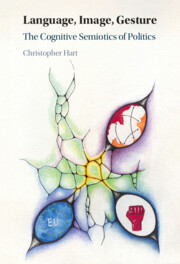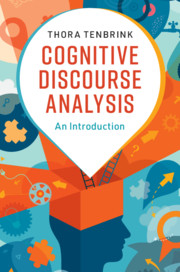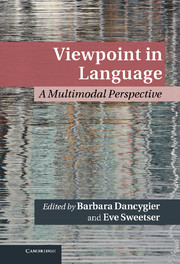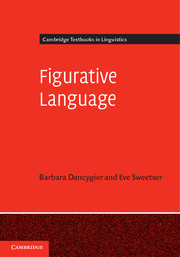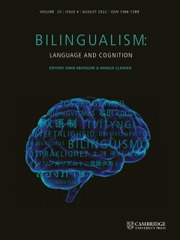The Language of Memes
Internet memes have been studied widely for their role in establishing and maintaining social relationships, and shaping public opinion, online. However, they are also a prominent and fast evolving multimodal genre, one which calls for an in-depth linguistic analysis. This book, the first of its kind, develops the analytical tools necessary to describe and understand contemporary 'image-plus-text' communication. It demonstrates how memes achieve meaning as multimodal artifacts, how they are governed by specific rules of composition and interpretation, and how such processes are driven by stance networks. It also defines a family of multimodal constructions in which images become structural components, while making language forms adjust to the emerging multimodal rules. Through analysis of several meme types, this approach defines the specificity of the memetic genre, describing established types, but also accounting for creative forms. In describing the 'grammar of memes', it provides a new model to approach multimodal genres.
- Builds a new framework for language-based analysis of image-text artifacts, and shows how formal and interpretive aspects of memes inspire new forms in other multimodal artifacts (such as advertisements)
- Introduces a classification of memetic patterns, illustrating it with a range of examples
- Demonstrates the specific ways in which memetic (multimodal) forms are ruled-governed while leaving room for creativity
Product details
August 2025Hardback
9781108844352
300 pages
229 × 152 mm
Not yet published - available from August 2025
Table of Contents
- Abbreviations
- 1. Why study memes from the linguistic perspective?
- 2. Memes and multimodal figuration
- 3. Image macro memes
- 4. Labelling memes
- 5. Memetic grids
- 6. Memetic use of personal pronouns
- 7. Say, tell and be like meme constructions
- 8. Embedding discourse spaces without say verbs
- 9. Memetic form and memetic meaning
- 10. Memetic discourse on social media platforms
- 11. Memes and advertising
- 12. One does not simply draw a conclusion.


